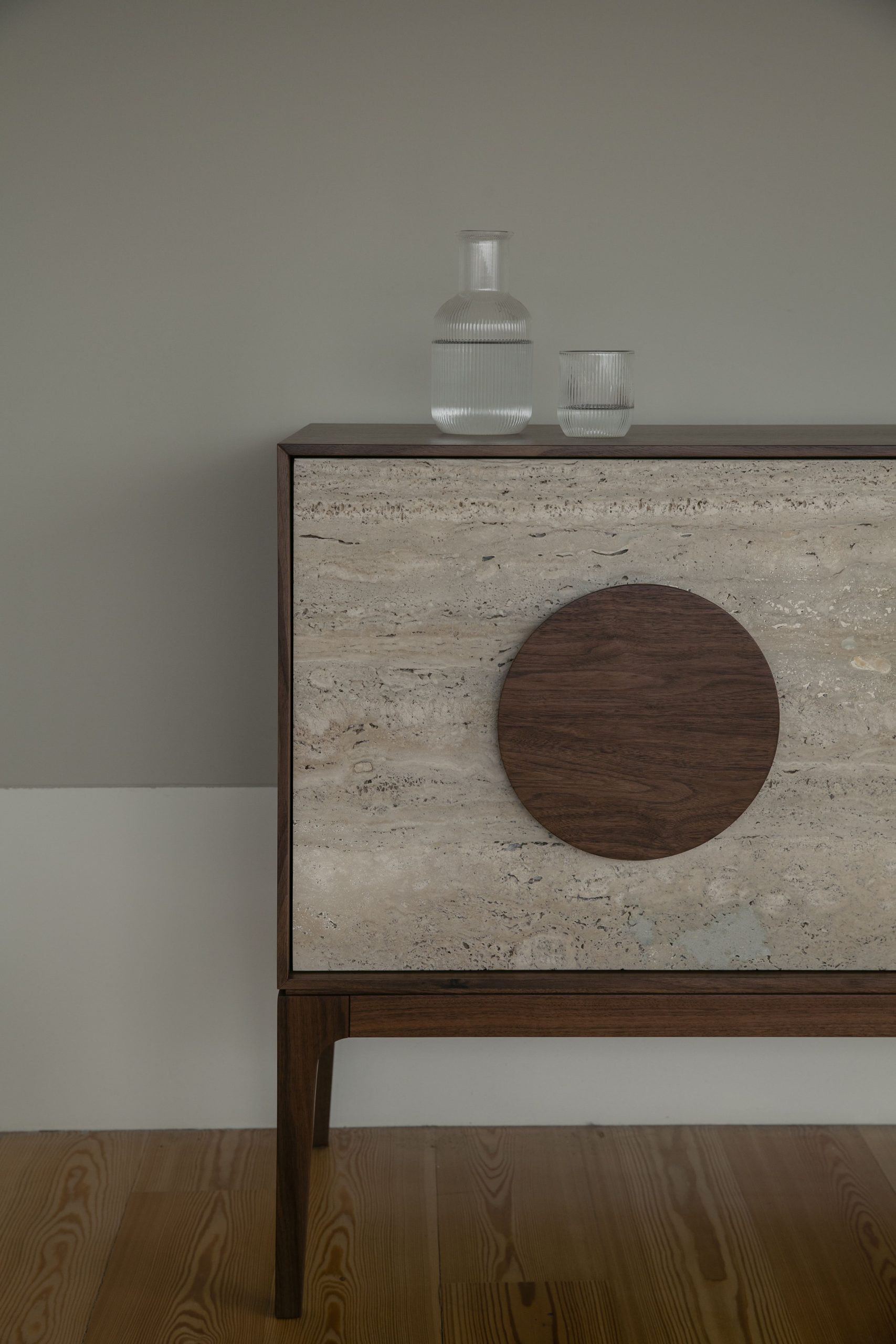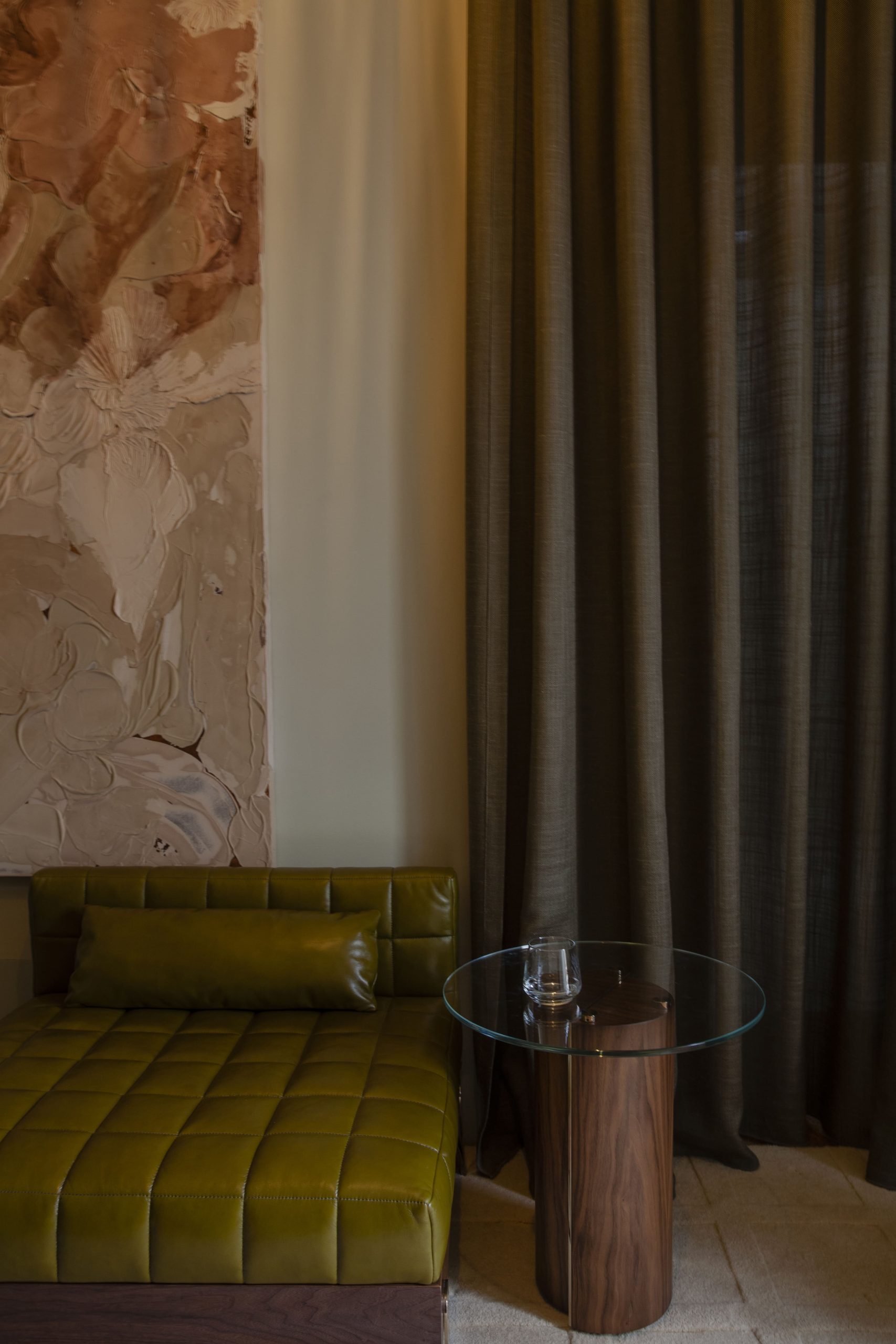In a world where sleek and minimalistic aesthetics often take center stage, there’s a growing appreciation for a design philosophy that celebrates imperfections and embraces the beauty of the imperfect. This trend, known as Wabi-Sabi, has been gaining momentum in the world of interior design, offering a refreshing departure from the pristine and predictable. Wabi-Sabi invites us to find beauty in the imperfect, fleeting, and natural aspects of life, creating spaces that are both harmonious and soul-soothing.
Wabi-Sabi is a Japanese concept deeply rooted in Zen Buddhism, reflecting a profound reverence for nature and the passage of time. At its core, Wabi-Sabi embodies simplicity, imperfection, and the transient nature of existence. It encourages us to appreciate the beauty found in asymmetry, irregularity, and the patina that develops over time.

One of the fundamental principles of Wabi-Sabi is the acceptance of imperfection. In interior design, this translates into celebrating the charm of weathered furniture, distressed surfaces, and objects that bear the marks of time. Wabi-Sabi interiors are characterized by the use of natural materials and textures. Rough stone, unvarnished wood, and handmade textiles evoke a sense of warmth and authenticity. These materials not only connect us with nature but also add depth and character to a space. Organic textures and earthy colors dominate, creating an inviting and grounded atmosphere.

© 2023 Direitos Reservados
Desenvolvido por Sanzza
Rua Rainha Santa Teresa nº467
4580-652 Vilela, Porto
+351 255 880 590
(Cost of National Fixed Line Call)
+351 932 290 997
(Cost of National Mobile Line Call)